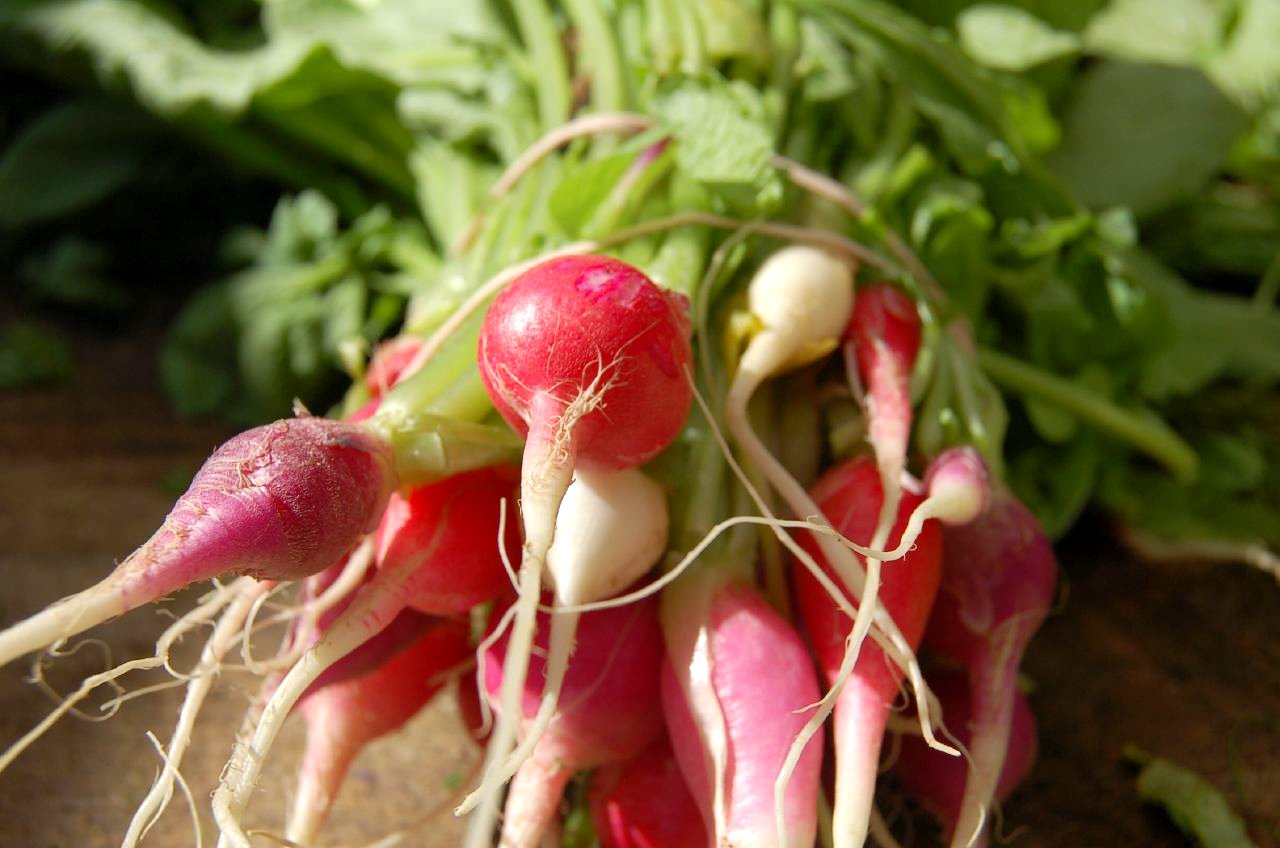
When you buy organic food, you expect that it has been produced without genetically modified seeds, artificial fertilizer, or pesticides. A scientific review of 50 years of data suggests that organic and conventional foods have similar nutritional content – yet many pay considerably more for organic products, believing they are healthier.
From an environmental perspective, organic production has its merits. Compared to conventional farms, organic farms store more organic matter in their soils. This helps mitigate the impacts of global warming, because soils store carbon that would otherwise be emitted to the atmosphere.
Insect diversity is higher on organic fields, with some insects acting as predators on crop pests – providing a natural benefit to farmers. On conventional fields, pesticides are common practice. Non-target insects are collateral damage, and downwind and downstream ecosystems are subject to pesticide drift.
Energy use is lower on organic farms. They eschew man-made fertilizers and pesticides, which are manufactured from petroleum and natural gas and often applied with fossil-fuel guzzling machines.
Unfortunately, organic crops produce less than conventional crops, with an analysis in the journal Nature finding organic yields as much as 34% lower. Embracing organic practices and maintaining production levels would require clearing about 1/3 more land for agriculture.
That’s less natural land for wildlife and more disturbed soils, which lose carbon dioxide to the atmosphere when they are cultivated by any means. While we look to agricultural innovation for the sustainable path forward, we need to reduce food waste, which accounts for an unacceptable 1/3 of global food production.
**********
–This segment was adapted from an essay by Dr. William H. Schlesinger. You can read the original piece on his blog Citizen Scientist here.
References
Gattinger, A., A. Muller, M. Haeni, C. Skinner, A. Fliessbach, N. Buchmann, P. Maeder, M. Stotze, P. Smith and N. El-Hage, Scialabba. 2012. Enhanced top soil carbon stocks under organic farming. Proceedings of the National Academy of Sciences 109: 18226-18231.
Johnson, J.M.F., S.L. Weyers, D.W. Archer, and N.W. Barbour. 2012. Nitrous oxide, methane emissions and yield-scaled emission from organically and conventionally managed systems. Soil Science Society of America 76: 1347-1357.
Mader, P., A. Fliebach, D. dubois, L. Gunst, P. Fried and U. Niggli. 2002. Soil fertility and biodiversity in organic farming. Science 296: 1694-1697.
Smith-Spangler, C., M.L. Brandeau, G.E. Hunter, J.C. Bavinger, M. Pearson, P.J. Eschbach, et al. 2012. Are organic foods safer or healthier than conventional alternatives? A systematic review. Annals of Internal Medicine 157:348-366.
Seufert, V., N. Ramankutty and J.A. Foley. 2012. Comparing the yields of organic and conventional agriculture. Nature 485: 229-232.
Smith, L.G., A.G. Williams, and B.D. Pearce. 2015. The energy efficiency of organic agriculture: A review. Renewable Agriculture and Food Systems 30: 280-301.
Tuck, S.L., C. Winqvist, F. Mota, J. Ahnstrom, L.A. Turnbull, and J. Bengtssch. 2014. Land-use intensity and the effects of organic farming on biodiversity: a hierarchical meta-analysis. Journal of Applied Ecology 51: 746-755.
Photo, posted October 7, 2006, courtesy of Flickr.
XXXXXXXX
